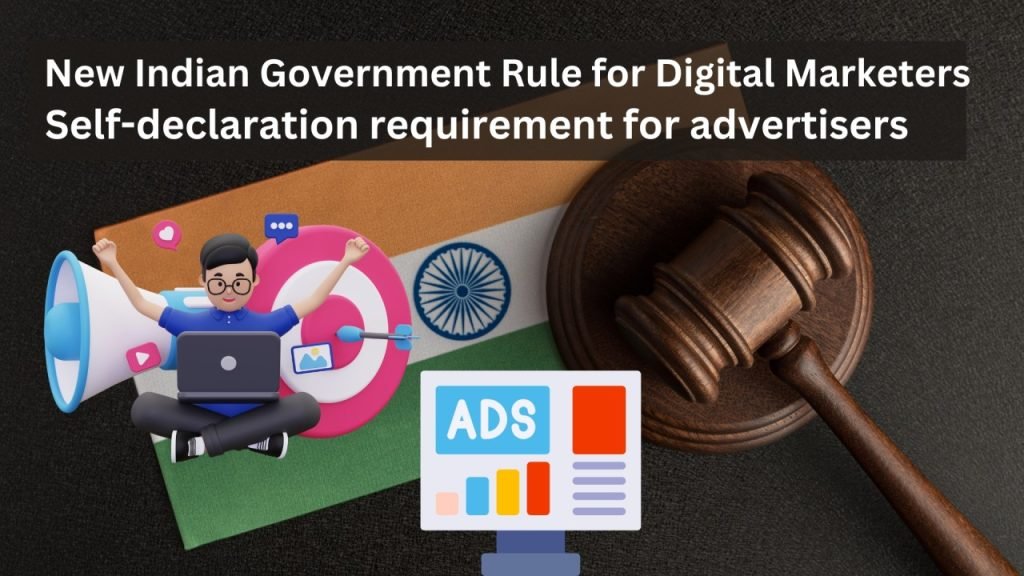Incorporating Google Ads has demonstrated gaining significant traction for our website. The appropriate Google ad size must be chosen carefully as it will determine if a potential customer will hit our website or not. If the ad is enticing enough it will catch the eyes of the supposed customer. Choosing the wrong display ad size will restrict the efficiency of our advertising campaign.
The Google display network reinforces display ad sizes of a wide variety which might sometimes induce the inexperienced to choose the one which seems the easiest to create ads. This is evidently a bad decision. The correct choice will have a huge role in driving more traffic to our website. Here are what you should know about Google display ad sizes:-
Statistical data show that the large ad sizes gain more traction than the smaller ones since the bigger ad occupies more area on the screen and is more plausible to capture the users’ attention along with having higher average click-through rates, bigger ads are more probable to get conversions after. But this should not be the only category to choose ad sizes from.
However, with the increased use of ad blockers, larger-sized ads are now the weakest performers. Not limiting to a particular ad size and increasing the range will get us a larger Return on Investment(ROI).
Usually, digital marketing professionals choose a combination of the most famous and the best-performing display ad sizes which gains the most traffic.
MOST USED GOOGLE DISPLAY AD SIZES
What You Should Know about Display Ad Size:-
The trailing list of the standard Google Ad sizes has the dimensions mentioned in pixels. We often forget that whatever size we choose, the file size should never exceed 150kb.
250 x 250 – Square
This particular dimension is suitable for text and display ads on both desktop and mobile applications. This format can fit into smaller places amidst writings that do not provide accommodation for bigger rectangular-sized ads. However, this ad is not the best performer or efficient enough due to its small size and limited display. Usually, banner-sized ads perform better than these. This is common with marketers who are appealed by square shapes more than rectangular ones.
200 x 200 – Small Square
This particular ad size is made specifically to fit into even smaller spaces where the square-sized ads can not fit. Otherwise, there is not much difference between the small square and the square-sized ads in terms of performance. It is a more compressed and well-structured version of the square-sized ads.
468 x 60 – Banner
This dimension of Google Display Ad size is made to fit into smaller spaces that cannot bear the 728×90 Leaderboard. This is one of the most commonly used ad sizes at the headers of websites. With the increasing usage of bigger screens with higher resolutions, its performance has deteriorated. However, it is more friendly with tablet-optimized pages or smaller screens.
728 x 90 – Leaderboard Banner
This format tends to have a larger ad inventory supply incoming from advertisers which boosts its performance and escalates earnings when both text and image ads are turned on. These gain the most traffic as top-of-page advertisements.
300 x 250 – Inline Rectangle
This format is also known as the medium rectangle. It tends to have a larger ad inventory available from advertising campaigns which gains traction and increases income when both text and image ads are turned on. This is usually common for the bottom-of-page ads which are embedded within the writings at the end of articles. These ads are also useful amidst the content of the website to break it up.
336 x 280 – Large Rectangle
This is one of the best-performing ads with high earnings and must be considered if we are planning our advertising campaign. However, marketers usually prefer its smaller version as it is more compact.
120 x 600 – Skyscraper
This dimension of Google Display Ad sizes is made to fit into narrow spaces where the wide skyscraper-sized ads cannot be accommodated. However, it has poor performance due to a lack of ad inventory leading to suboptimal performance. These are usually found at the borders of top of the websites, encountered while scrolling down.
160 x 600 – Wide Skyscraper
This is usually a more popular version of the skyscraper because of its better performance due to its optimal visibility and increased click which demonstrates that it successfully captures the eyes of potential customers. It has more ad inventory available if used along the sidebars of webpages and can increase earnings. If both text and display versions are turned on.
300 x 600 – Large Skyscraper
This covers almost half the page and provides a large space for marketers to capture the users’ attention and provide possibilities for increased engagement. This allows the advertisers to portray a more visibly powerful ad with an impactful ad size. It easily grabs the attention of the user and thereby increases the CTR.
970 x 90 – Large Leaderboard
This format of Google Display Ad size is perfect to enlist high-definition content such as videos, pictures, animations, and GIFs to gain traction. It is an enlarged ad format appearing at the top of the page, thereby catching the attention of the users easily. It is one of the best performers though it is comparatively newer and underestimated.
Conclusions
It is essential for digital marketing professionals to choose the appropriate ad size based on its performance, and ability to gain traction according to the advertisement. The correct choice will lead to increased earnings and higher click-through rates with more conversions.
One must choose carefully for their Advertising campaigns if required separately for desktop and mobile applications for both text and image versions of the ads.
Also Read: 9 Reasons to choose a Digital Marketing Agency in India.



